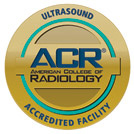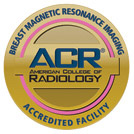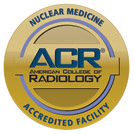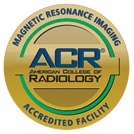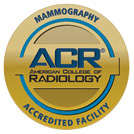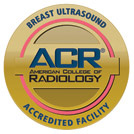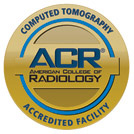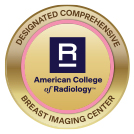Since the introduction of X-rays over 100 years ago, the technology has significantly evolved. Today, low-dose digital X-rays expose patients to 80 percent less radiation than traditional, film-based procedures. This technology is often used for routine medical and dental imaging.
What Is Low-Dose Digital X-Ray Technology?
Doctors recommend X-rays for a range of diagnostic procedures. This imaging procedure is quick, more cost-effective, non-invasive and allows for accurate diagnosis of issues involving the bones, select soft tissue injuries and foreign bodies.
X-ray imaging emerged in the early 1900s as a method to capture and observe the body’s internal structures, but computers have since replaced traditional film imaging. Today, digital X-rays or radiography allow files to be stored and referenced more efficiently by medical professionals and offices.
As a procedure, digital radiography involves X-ray-sensitive plates, also called flat panel detectors or digital detector arrays, that capture information about a patient’s physical condition. A mix of silicon detector sensors achieve this with cesium, cadmium or gadolinium scintillators that convert the X-ray to an electric charge, then to a digital radiographic image.
At this point, the technologist conducting the procedure sees images of the body’s internal structures displayed on a computer monitor. The images get stored on a hard drive for future reference, including diagnosis and to discuss findings with the patient.
Similar to how a digital camera takes pictures, this approach offers many benefits, including:
- X-ray imaging takes less time and accommodates high-volume medical facilities.
- Procedures are shorter and improved technology results in less radiation exposure.
- The imaging files can be accessed by multiple parties and quickly retrieved.
- Image quality remains strong, without experiencing the degradation of film.
- Due to less noise and greater dynamic range, digital images are clearer and more detailed, allowing your doctor to make a more accurate diagnosis.
- Digital radiography can be used in real time, as no chemical processing is needed to view images of the body’s structure, and provides a portable imaging solution.
- Digital files can be used with analysis software for diagnostic purposes.
- The technology allows for multiple tissue thicknesses to be observed and analyzed from a single image.
Uses for Low-Dose Digital X-Rays
Digital X-ray imaging can be used across the entire body, including frontal and lateral images. This technology is also the default in dental offices for routine and diagnostic imaging. In turn, digital radiography is used to:
- Observe and diagnose conditions affecting the legs, hips, back, arms and shoulders.
- Take focused diagnostic X-rays of a small part of the body like the mouth and teeth.
- Assist with pre-surgical planning and post-surgical recovery.
Lower radiation exposure also means digital radiography is ideal for patients requiring regular imaging, including with an orthopedic condition or receiving a hip replacement.
What to Expect During a Low-Dose Digital X-Ray
Undergoing a low-dose digital X-ray is not very different from its traditional counterpart:
- Patients can eat and take medications as normal before a scan unless a doctor recommends fasting.
- Jewelry and clothing with metal buttons and zippers will need to be removed before the procedure.
- Patients may be asked to wear an exam gown, based on the area being observed.
- A protective lead apron minimizes radiation exposure as much as possible.
- Patients may be asked to change positions based on what needs to be captured.
- Following the imaging procedure, patients can return to their daily routines.
- The digital imaging files are sent to the patient’s doctor for diagnostic purposes.
Has your doctor recommended a low-dose digital X-ray? Contact Midstate Radiology Associates to make an appointment.





